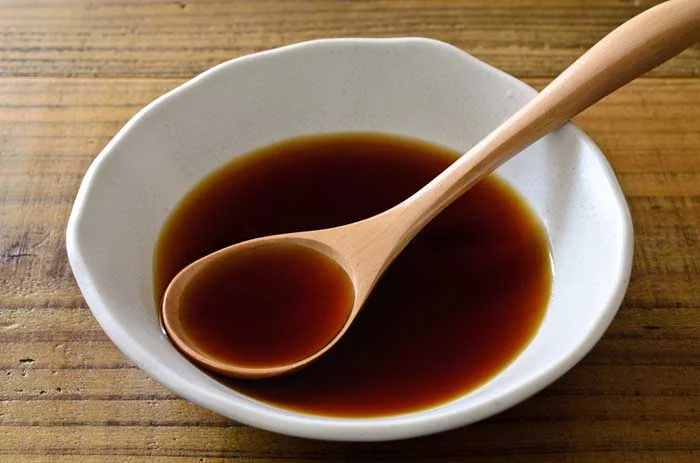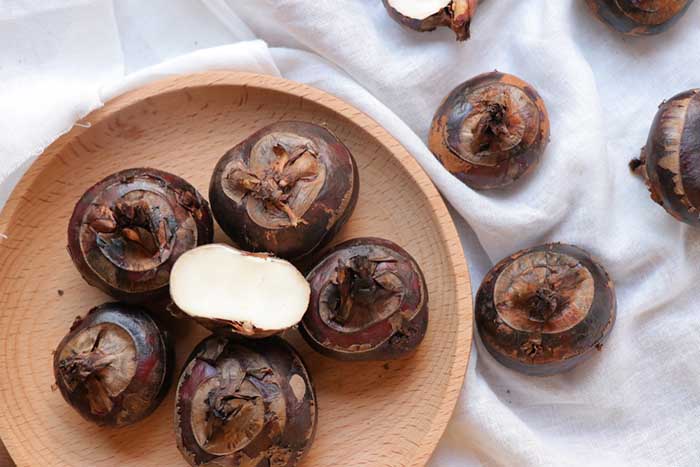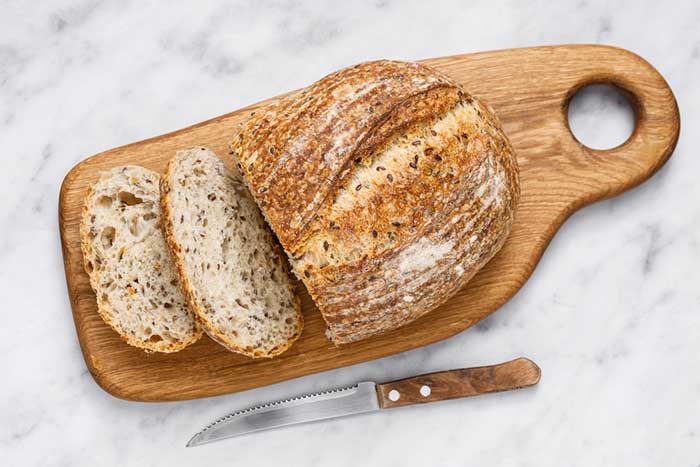How do you melt peanut butter while still preserving the taste and texture that we all love so much? It’s easier than you think. Here are the 4 best ways to melt peanut butter.
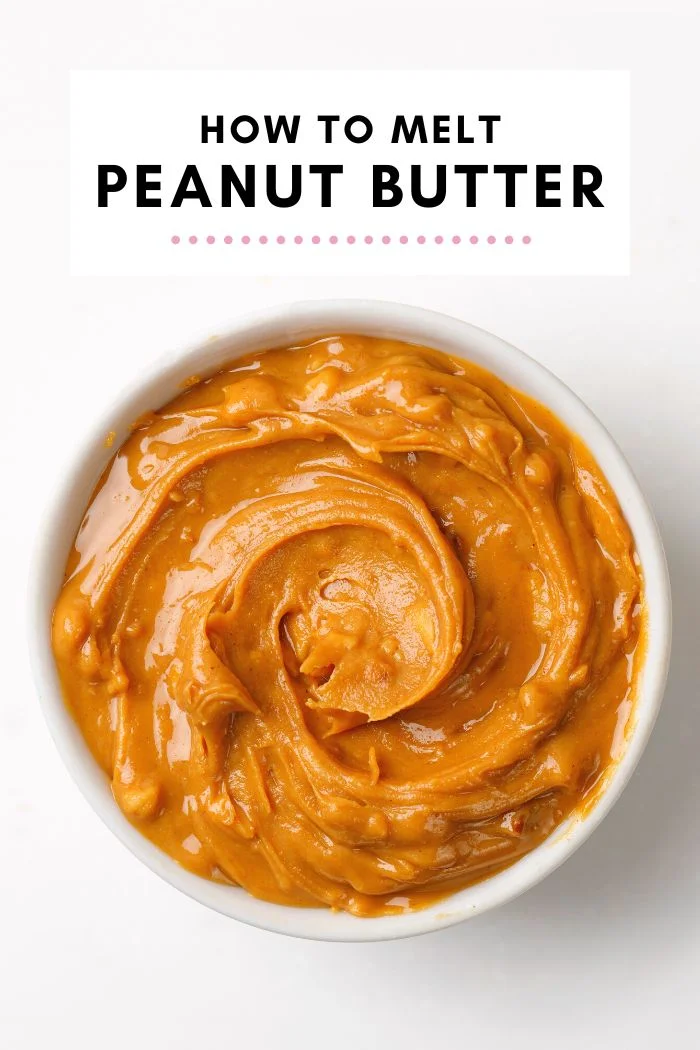
Peanut butter is used in so many recipes, from cake baking to satay dips. But when a recipe calls for melting it what do you do?
It’s one of the most popular spreads around, but store-bought peanut butter can be hard to melt. This makes it a pain for people who want to use peanut butter in recipes that require it to be melted or for folks who just like to eat it off of a spoon.
Some methods preserve the taste better than others while some make it easier to get smooth results with minimal effort.
Is it possible to melt peanut butter without losing its taste and texture? We’re here to show you four simple ways to help you get the job done!
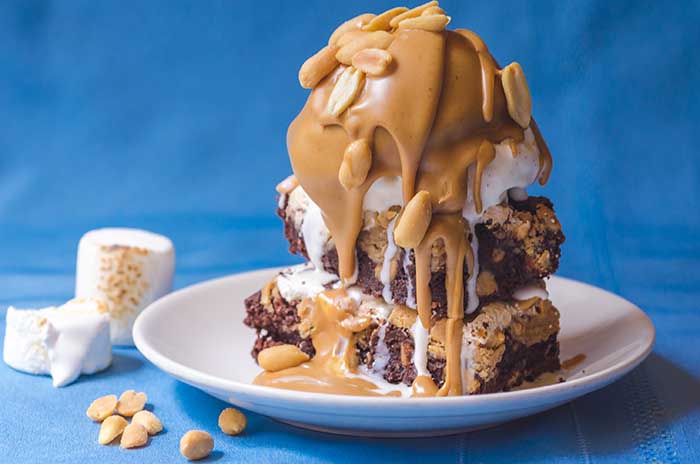
Microwave
This is one of the more popular ways to melt peanut butter, mainly because it is easy, fast, and convenient. Peanut butter is highly nutritious and beneficial, and at times it hardens. But this doesn’t mean that you need to throw the jar out. Using a microwave can be a tricky business. There’s a delicate balance to strike to ensure that you do not liquefy the butter but rather that you get a perfect consistency.
The first step is to empty the peanut butter into a microwave-safe bowl. Ensure that it is leveled as smoothly as possible. Once this is done, place the bowl in the microwave, ready to heat it. Make sure the microwave is set to high for about 40 seconds to a minute, and cover it with a microwave-safe lid. This is to avoid any splatter.
Make sure to open the microwave at this point to make sure that you are working towards the consistency that you need. If after this time you still need it to be softer, you can increase the time. But this is why it is essential to start with a few seconds and then keep increasing gradually, from there. If it is not quite right yet, stir it and level it before putting it back in the microwave.
Stove
Another option that you may choose to use, which is also easy and convenient, is using a stove. It is also one of the fastest and most direct ways that will not require you to know how to use a particular kitchen appliance like a microwave or a blender.
The first thing you will need to do measures the amount of peanut butter you need for your recipe. You can do this by using a measuring cup. However, you can save yourself the stress of having the peanut butter sticking to the scoop by spraying cooking spray in the scoop first.
Then scoop the peanut butter into a saucepan. A non-stick pan works very well in this case. Make sure to level the peanut butter so there are no lumps, and ensure that it heats up evenly. Place the saucepan on the stove and then turn it on, making sure that it is on low heat. This is important to avoid the peanut butter burning before it even melts, thereby tainting the taste.
As it heats up, keep stirring the peanut butter, making sure that none of it sticks to the bottom. The entire process should take about 5 to 6 minutes. Don’t leave the pan unattended. The great thing about using the stovetop is that you are in full view of the pan, and it is easier to watch and make sure that you are getting the right consistency. Once you have reached the right consistency, you can remove the pan from the heat.
Food Processor
This is a less common method as it requires a kitchen appliance that may not be very common in all kitchens. Also, there is a risk of processing, so you will need to keep a close eye. As with the other methods, spray the measuring scoop with cooking spray. Scoop the peanut butter from its jar and into the blender. You can also use a regular spoon, but chances are this will frustrate you in no time.
Add the peanut butter along with two tablespoons of water. You can also add another liquid, depending on the recipe that you are going for. Some common liquids include milk for a creamier taste, or almond milk, or more savory liquids. This is to allow the peanut butter to be blended more effectively. At a low speed, blend for about 30 seconds. The advantage of using this method is that you can toss in other ingredients that will make it a unique spread.
Ladling in Liquid
This method requires a bowl and ladle, and it yields a smooth and creamy texture. It works very well, especially if you will be using peanut butter for baking or in a desert. The first thing that you will want to do is put the peanut butter in a bowl. It needs to be heat resistant as you will be pouring in hot liquid.
The liquid that you choose to use depends on your recipe. Savory recipes will call for a different liquid as compared to sweet ones. Put the liquid you want to use in a non-stick saucepan. Make sure the stove is on medium or low heat. When it heats up, pour it into the mixing bowl that has the peanut butter.
Then mix the two constantly until they gel and become one, avoiding lumps and streaks of any kind. You want the ingredients to merge. This is where the ladle comes in handy.
FAQ
Why is my peanut butter thick
Peanut butter is made of peanuts which are rich in oil. When they are ground, the oil separates and may cause it to become chunky. This is not a reason to throw it out but instead, find a way to melt it and get the consistency you need.
Will melted peanut butter harden?
It will harden the moment it is left to chill, such as if it is put in the fridge or poured over a cold dessert.
What temp does peanut butter melt?
Peanut butter has more than 80% unsaturated fats in it, and at room temperature, it begins to liquefy. The melting point of peanut butter also depends on the type of fats that are in it. The melting point of peanut butter is about 110-120˚F.
What is melted peanut butter used for?
Melted peanut butter can be used for various recipes such as vegan ice cream, marbled brownies, protein shakes, salads, and desserts, just to mention a few. The recipes you will be making with the peanut butter will also dictate what liquid you use to melt and soften it.

